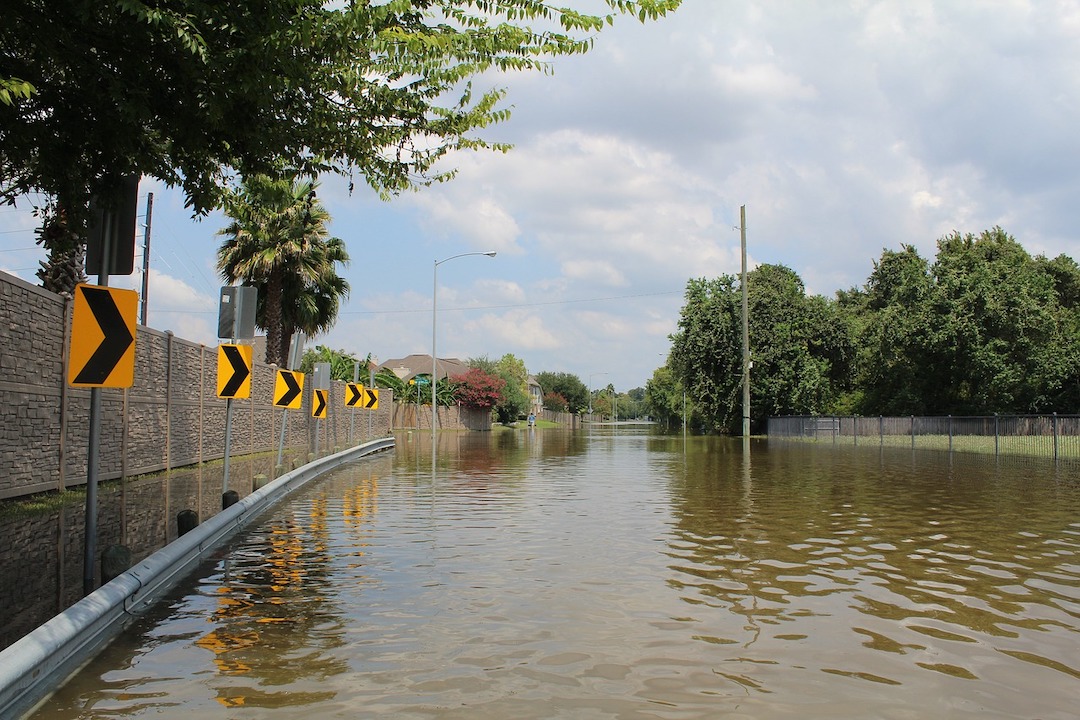A new industry that aims to rate the risk of climate change for individual properties is emerging.
Similar to how Moody’s and Standard & Poor’s rate private companies’ creditworthiness, firms such as Climate Check, First Street Foundation, Jupiter Intelligence, Moody’s ESG Solutions Group, and RMS are assessing climate risks including flooding, extreme heat, and wildfires based on the attributes of their locations.
Risk raters use recent natural disasters to gauge how effectively their models are at predicting risk. They combine peer-reviewed research in climatology and hydrology with a climate change model to produce risk maps.
“Some models are scientifically sound and highly precise, while others are lower quality,” writes Matthew E. Kahn Provost Professor of Economics and Spatial Sciences at USC. Kahn favors having the federal government set standards for this new ratings realm “to ensure that it provides reliable, accurate information.”
Related Stories
| Nov 26, 2012
How to boost resilient systems that are sustainable
Cities of the future can be both more resilient and more sustainable by promoting strategies that include solar power and green roofs, programs that minimize demand for energy, rain gardens, and permeable pavement.
| Nov 26, 2012
Developer of nation’s first LEED platinum skyscraper focuses on carbon reduction
The Durst Organization, the developer of the first LEED platinum certified skyscraper in the country, says it will not seek LEED certification for its residential pyramid planned for New York’s West 57th Street.
| Nov 26, 2012
Questions linger over ability of Miami's newer high-rises to withstand hurricanes
Some towers in Miami, rebuilt after a hurricane in 2005, were allowed to be constructed under older building codes instead of newer ones created after Hurricane Wilma.
| Nov 26, 2012
Changes in development and building standards needed for health of Potomac River
The Potomac River’s health stands to suffer if the region does not change its development and building standards, according to the Potomac Conservancy.
| Nov 16, 2012
South Dakota prefers LEED over building code on state projects
“(LEED is) much better than a mandatory building code because you get a little wiggle room in these projects,” said Mike Mueller, a spokesman for the South Dakota Bureau of Administration.
| Nov 16, 2012
AAMA publishes quality assurance guidelines for Polyamide Thermal Barriers
The American Architectural Manufacturers Association (AAMA) has published QAG-2-12, Voluntary Quality Assurance Processing Guide for Polyamide Thermal Barriers.
| Nov 16, 2012
New ANSI/BIFMA standards developed for educational seating
The American National Standards Institute (ANSI) has approved the newly developed safety and performance standard for educational seating: ANSI/BIFMA X6.1-2012—the first of its kind.












